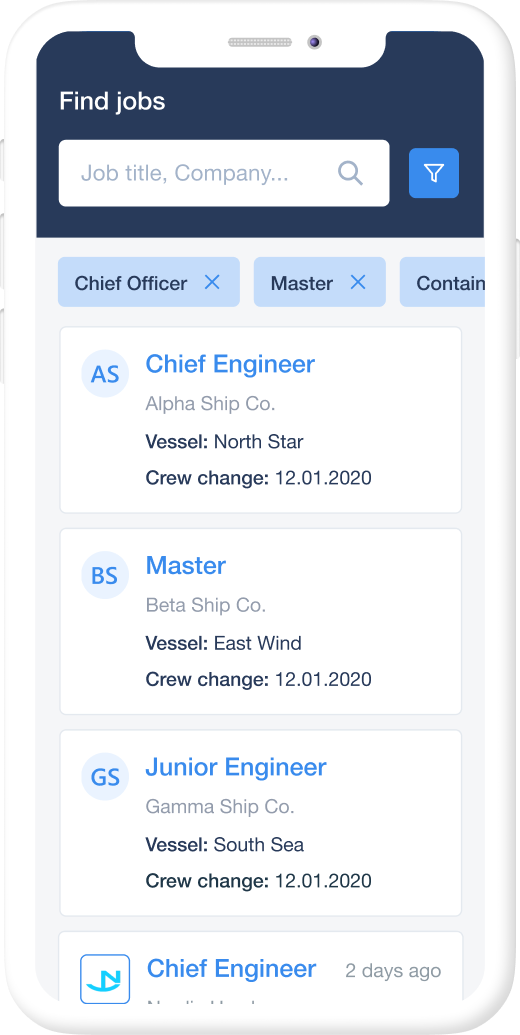A bulk carrier, bulk carrier ship, bulker, or bulk freighter is a type of merchant vessel that transports dry goods in bulk that are not packed into containers, drums or other packaging. We're talking about cargo such as grain, cement, coal, sand, ore, and even sugar.
That’s the short answer to ‘what is a bulk carrier’, but as you can imagine, there’s quite a lot more to know about these huge vessels and their hardworking crews who sail the world’s oceans with their freight.
So, if you want to learn more about what bulk carrier vessels and bulk carrier operations are, keep on reading!
What are bulk carriers and what do they transport?
Generally speaking, a bulk carrier can refer to any vessel that has a large cargo of a specific commodity, including oil tankers, chemical tankers, gas carrier ships and petroleum tankers.
Read more: Everything You Need to Know About Coaster Vessels
For this reason, bulk carrier ships are often split into two main categories: dry bulk carriers and liquid bulk carriers (or bulk liquid carriers.)
SOLAS (The International Convention for the Safety of Life at Sea) describes a bulk carrier as “a ship constructed with a single deck, top side tanks and hopper side tanks in cargo spaces and intended to primarily carry dry cargo in bulk; an ore carrier; or a combination carrier."
ARE YOU LOOKING FOR JOBS ON BULK CARRIERS? VIEW MARTIDE’S BULK CARRIER JOBS NOW!
However the majority of ship classification societies make this a bit easier to understand by simply defining a bulker as any vessel that transports unpackaged dry goods.

Most bulk carrier vessels usually transport just one type of unpackaged bulk cargo at a time - for example, the aforementioned coal, grain, sand, or cement.
However they vary greatly in terms of size and capacity, in function, and even in the way they load and unload their cargo.
Read more: Everything You Need to Know About Cable Laying Ships
Courtesy of the IMO's #MaritimeWomenPhotoShare Campaign
For example, some bulk carrier ships use facilities at the port to unload their cargo and some have cargo-handling gear onboard which enables the crew to carry out bulk carrier operations themselves without external assistance.
We’ll take a closer look at cargo operations and the types and sizes of bulk carriers later on in this article.
The history of the bulk carrier vessel
The bulk carrier is older than you might think and it may surprise you to learn that they have been around in one way or another since the early 1850s, and have gone through many changes and upgrades in design ever since.
Read more: Everything You Need to Know About LNG & LPG Tankers
Back before specialized bulk carriers became the norm for transporting dry unpackaged cargo, anyone who wanted to ship cargo from port to port didn’t have the choice that shipping companies do today.
Cargo was loaded by stevedores (also called dockers, dockworkers or longshoremen) who would fill sacks with cargo which they then loaded onto pallets and lifted into the ship’s hold by crane.
Read more: Everything You Need to Know About Tugboats
If that sounds like a lot of time and effort, consider the only other alternative at the time in which the shipping company would have to charter a whole vessel and then build their own wooden bins to contain the cargo in the hold.
The cargo would then be loaded onto the vessel through small hatches using specially-built feeders and shifting boards. Clearly a more time- and cost-efficient way of loading cargo was begging to be found!
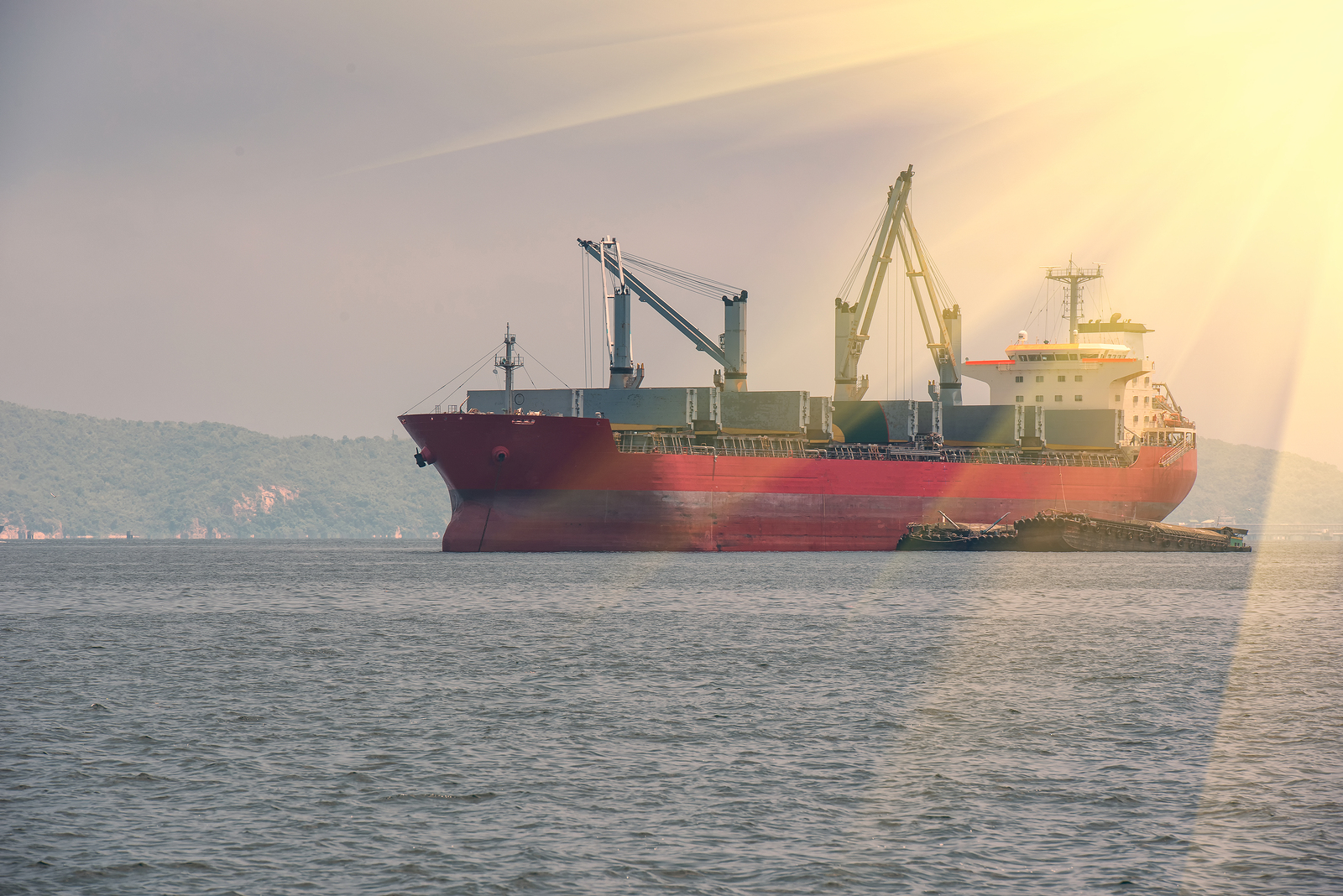
The advent of the steam age
As the maritime industry and ships evolved, and the reliance on steam-powered ships grew, bulk shipping was not far behind in its adoption of the advancements. Indeed, in 1852 the world was introduced to the steam ship that is widely regarded as the first steam-powered bulk carrier, the British-built John Bowes.
Read more: Everything You Need to Know About Pilot Boats
Costing the then-princely sum of £1000 to build, she was ten times more expensive than the average sailing brig at the time. However she soon paid for herself thanks to her ability to carry the same amount of coal on a round trip to London from Newcastle in just five days - compared to the brig’s two months.
ARE YOU LOOKING FOR JOBS ON BULK CARRIER SHIPS? VIEW MARTIDE’S BULK CARRIER JOBS NOW!
Meanwhile other advances were being made in terms of bulk carrier operations and in 1902 on the North American Great Lakes, the very first self-unloading ship, Hennepin, took to the waters, complete with a retrofitted onboard conveyor belt (she was originally built without one then rebuilt after a fire) that could move the cargo far more efficiently.
Fast forward a few short years to 1911 and the first diesel propelled bulk carrier vessels started to appear with the design and build of the vessels being continually improved upon until the bulkers we know today became the current standard.
Interesting fact: It wasn’t until 1999 that bulk carrier ships actually became known as bulk carriers, when SOLAS officially designated them as such.
The growth of bulk shipping
In the years between the two World Wars, thanks to the enormous amounts of iron ore being produced in mines in the northern United States, reliable transportation to the steel mills was of paramount importance. Similarly, huge quantities of limestone and coal also needed moving from A to B. This is where ships on the Great Lakes had a vital role to play.
Read more: Everything You Need to Know About Mining Ships
But while dry bulk carriers may have been in great demand in the USA, internationally the requirements were a lot lower. Post World War II, however, and global demand for dry bulk goods started to increase.
The United States and industrialized nations in Europe, as well as Japan began to trade in dry bulk commodities. This led to a need for bigger, more specialized bulk carriers that were ocean-going; Previously they had mostly been confined to the inland waters of the Great Lakes, or were coastal.
Bulk carrier cargo operations
After World War II when the burgeoning trade in bulk goods meant that conveyor belts were increasingly being used to load and unload freight, you might have thought that today's bulk carrier operations are ultra-fast and done in the blink of an eye.
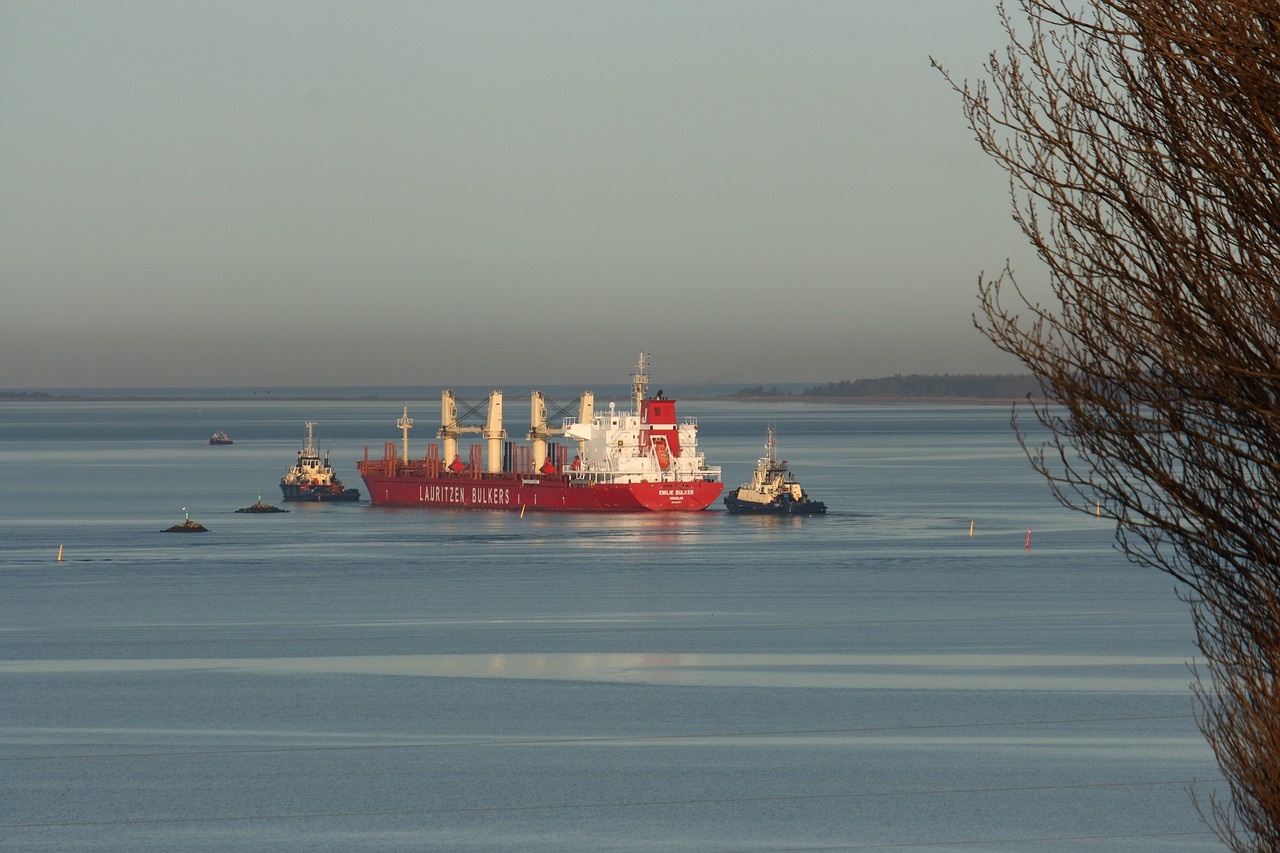
Not so much. Even now, some cargo loading ops can still take a number of days to complete, with ships (and their crew) remaining in port for longer than other types of vessels. Due to its unpackaged nature, it can be extremely difficult to unload dry bulk cargo - in fact it can take double the amount of time to unload it as it does to load it in the first place.
Read more: Everything You Need to Know About Offshore Vessels
It can also be a dangerous process and needs to be meticulously planned in advance, something that is done by the Chief Officer under the supervision of the vessel's Master. This plan must then be agreed upon by the Master and the Harbor Master.
The actual loading and unloading operations are performed by the vessel’s Deck Officers and stevedores (dock workers) at the port.
As we will look at more closely when we explore the different types of bulk carrier ships, the methods used to load and unload cargo can vary depending on the ship, the port, the equipment available, and on the cargo itself.
At their most basic, operations may simply mean loading cargo by pouring or shoveling it through the hatch and into the hold, though this generally only takes place in ports with the most rudimentary of facilities and equipment.
More usually, cranes, either located at the port or onboard the vessel herself, will be used to load or unload cargo. And as we’ve already discovered, conveyor belts are also commonly used - again, like cranes, these may be shored-based, or installed upon the ship, such as in a crane vessel.
Excavators may also be used to help keep the cargo level and prevent it from shifting while it is being loaded so that the vessel remains stable in the water.
Finally, when the cargo has been unloaded, the process of cleaning the holds must take place. This is done by the crew who need to take particular care if the next cargo to be loaded onboard is a different type.
This is not an easy job: any residue or debris left by the discharged cargo may be hazardous or could cause itching or irritation to the eyes or skin. Not only that but the size of the holds is vast, making the task physically exhausting.

What are the different types of bulk carriers?
To the uninitiated, bulk carrier classification can get a little confusing! Bulk carriers can be categorized by their size and capacity, by their function, and also by their regions. Stick with us as we run through the categories, names and defining characteristics of each.
Bulk carrier vessel types by size and capacity
There are six main classes of bulk carriers which are defined by how much cargo they can carry and the marine channels they are able to transit. These range from small carriers that have a single hold right up to gigantic carriers that can hold up to 400,000 DWT.
ARE YOU LOOKING FOR JOBS ON BULK CARRIERS? VIEW MARTIDE’S BULK CARRIER JOBS NOW!
Hold on - what’s DWT?! DWT stands for deadweight tons. Deadweight is the total weight of cargo onboard a vessel plus any essentials such as fuel, fresh water, lubricating oil, gear, other supplies and, of course, the crew.
Keep in mind that the specifications regarding DWT, and even some of the names, for these classifications can vary depending on where you’re reading about them and according to various different countries and organizations. But generally speaking, these breakdowns are:
Mini Bulk Carriers
- Have a capacity of less than 10,000 DWT.
- Designed for use on rivers and, often, so that they are able to pass under bridges.
- Cargo is usually general dry bulk.
- Some have a single hold but there will normally never be more than five holds.
Small Bulk Carriers
- Have a capacity of around 10,000 to 25,000 DWT.
- Designed for use on rivers and, often, so that they are able to pass under bridges.
- Cargo is usually general dry bulk.
- Some have a single hold but there will normally never be more than five holds.
Handysize Bulk Carriers
- Have a capacity of around 25,000 to 40,000 DWT.
- Cargo is usually general dry bulk.
- Typically have five holds.
Handymax Bulk Carriers
- Have a capacity of around 40,000 to 50,000 DWT.
- Cargo is usually general dry bulk, grain and coal.
- Typically have five holds and four cranes.
Supramax Bulk Carriers
- Have a capacity of around 50,000 to 60,000 DWT.
- Cargo is usually general dry bulk, ore and grain.
- Typically have five holds and five cranes.
Panamax Bulk Carriers
- Have a capacity of around 60,000 to 100,000 DWT.
- So called because they are the largest ship able to transit the Panama Canal.
- Cargo is usually grain, coal, and rocks/sediments such as ore, phosphate and bauxite.
- Typically have seven holds.
Post-Panamax Bulk Carriers
- Have a capacity of around 80,000 to 120,000 DWT.
- So called because they are the largest ship able to transit the Panama Canal's newer locks.
- Typically have nine holds.
Capesize Bulk Carriers
- Have a capacity of around 110,000 to 200,000 DWT.
- So called because they are unable to transit the Panama or Suez Canals and must instead go around Cape Agulhas or Cape Horn.
- Require port facilities for loading and unloading as they are all gearless.
- Cargo is usually coal and rocks/sediments such as ore.
- Typically have nine holds.
VLC or VLBC (Very Large Carriers / Very Large Bulk Carriers)
- Have a capacity of more than 200,000 DWT.
- Largest capacity of all bulk carriers.
- Mainly used to transport petroleum or crude oil.
- Require port facilities for loading and unloading as they are all gearless.
- Typically have nine or more holds.
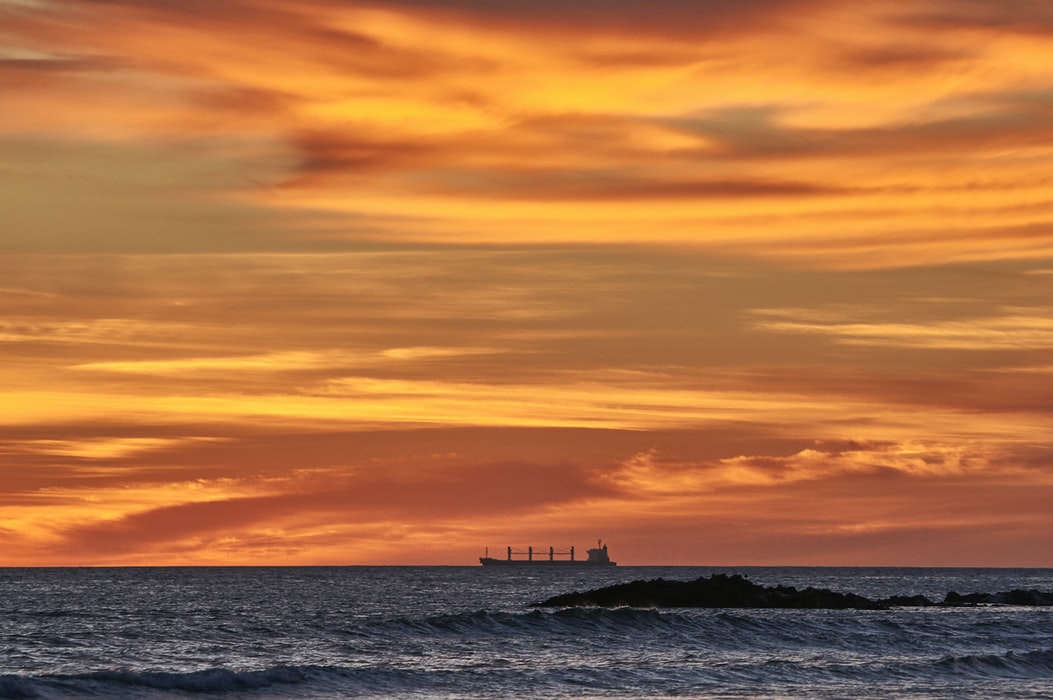
Bulk carrier types by function and design
Conventional Bulk Carriers
- Have built-in hatchways
- Have between five and nine holds depending on their size and capacity.
- Have cranes onboard to assist in loading and unloading cargo.
Geared Bulk Carriers
- Usually in the handysize to handymax size range, although a few Panamax are geared.
- Have holds that are covered by hatch covers.
- Equipped with derricks, cranes or conveyor belts and do not need port facilities to load or unload cargo.
Gearless Bulk Carriers
- Do not have derricks, cranes or conveyor belts onboard and so need the help of port facilities or other vessels to load or unload cargo.
- They can only call at ports that have loading and unloading facilities, making them less flexible than geared bulkers.
- They are cheaper to build, operate and maintain than bulkers with onboard equipment such as cranes or conveyor belts.
- They are some of the largest bulk carriers but are spread across all size classes.
Combined Bulk Carriers
- Cargo may be dry bulk or liquid bulk commodities.
- Both types of cargo can be transported at the same time.
- Dry cargo is held in the hold and the liquid cargo in wing tanks.
- Not a common vessel as they are relatively more expensive to build.
Self-Discharging Bulk Carriers
- Equipped with conveyor belts, excavators or cranes and do not need port facilities to load or unload cargo.
- Can discharge their cargo onto the quayside but also into a barge, warehouse, or hopper.
BIBO (Bulk In, Bags Out) Bulk Carriers
- Cargo is loaded as loose bulk but onboard equipment enables the cargo to be ‘bagged’ whilst unloading for a faster port turnaround.
Laker Bulk Carriers
- Most commonly found in the Great Lakes (USA and Canada.)
- Have a longer lifespan than ocean-going vessels as they sail in freshwater as opposed to saltwater and are therefore under less threat from corrosion.
- The superstructure (accommodation, bridge etc.) is usually located at the front of the vessel to make it easier to transit locks.
Bulk carrier ship types by region
These classifications are defined by the region that a bulk carrier has been specifically designed and built for.
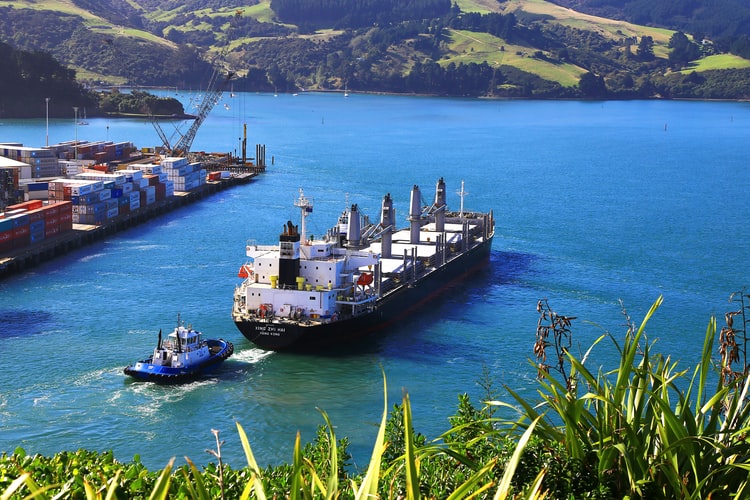
ARE YOU LOOKING FOR JOBS ON BULK CARRIERS? VIEW MARTIDE’S BULK CARRIER JOBS NOW!
Newcastlemax
The maximum bulk carrier size that is able to berth at the Port of Newcastle in New South Wales, Australia.
Kamsarmax
The maximum bulk carrier size that is able to berth at the Port of Kamsar in Guinea, West Africa.
Dunkirkmax
The maximum bulk carrier ship size that is able to transit the eastern harbor lock at the Port of Dunkirk in France.
Setouchmax
The maximum bulk carrier size that is able to navigate the Seto Inland Sea, the body of water that separates Honshu, Kyushu and Shikoku, three of the four main islands that make up Japan.
Malaccamax
The maximum bulk carrier vessel size that is able to navigate the Strait of Malacca, the strip of water between the Indonesian island of Sumatra and the Malay Peninsula.
Seawaymax
The maximum bulk carrier size that is able to transit the locks, channels and canals of the St. Lawrence Seaway in the North American (USA and Canada) Great Lakes.
Bulk carrier structure
As we’ve already covered, bulk carrier ships are designed specifically for the transportation of unpackaged bulk cargo such as grains, coal, ore, and cement in their cargo holds. This means that the structure of these maritime giants must be uniquely and intricately engineered with design elements that enable them to safely and efficiently transport vast quantities of the aforementioned goods.
From the hull construction and cargo hold configurations to the innovative loading and unloading mechanisms, these are some key features that distinguish bulk carriers.
Bulk carrier ships are meticulously designed and constructed to transport large volumes of unpackaged bulk cargo safely and efficiently. The design process begins with defining the ship's purpose and the types of cargo it will carry. Engineers and naval architects consider factors such as cargo density, loading and unloading methods, and the ship's intended routes.
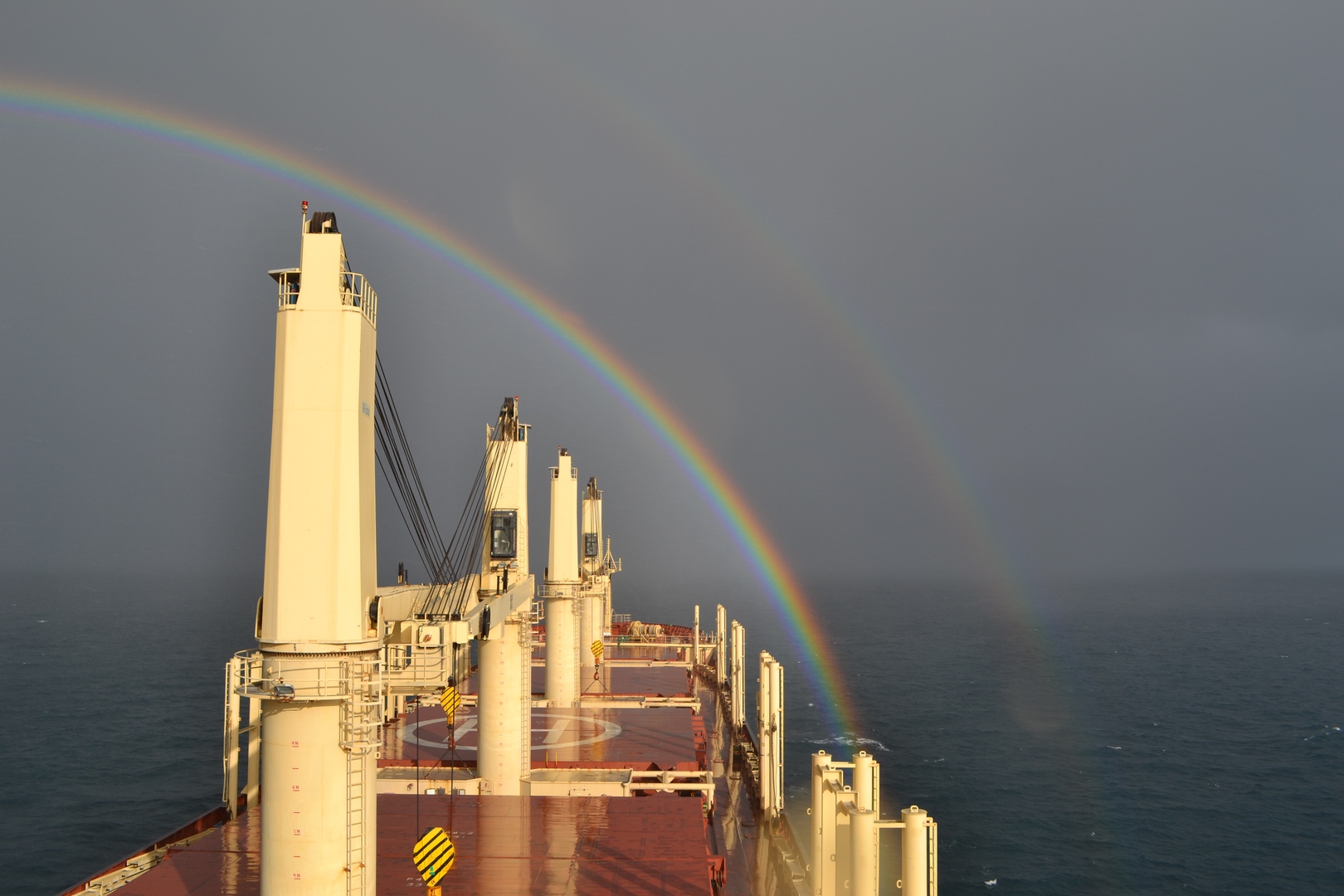
The hull of a bulk carrier is typically wide and deep to maximize cargo capacity and ensure stability. The structural integrity of the hull is paramount, as it must withstand the immense pressures exerted by heavy loads and rough seas. High-strength steel is commonly used in construction to provide the necessary durability and longevity.
The cargo holds of bulk carriers are specially designed to accommodate different types of bulk materials. These holds are usually rectangular in shape and equipped with strong, watertight hatch covers to protect the cargo from the elements.
Bulk carrier vessels often feature multiple cargo holds separated by transverse bulkheads, which provide additional strength and compartmentalization to prevent cargo shift and enhance the ship's stability.
The design also includes sophisticated loading and unloading systems, such as conveyor belts, cranes, and grab buckets, which facilitate the efficient handling of bulk materials.
Throughout the construction process, shipbuilders adhere to strict international standards and regulations to ensure the safety and performance of the vessel, culminating in a ship that is both robust and capable of meeting the demanding needs of global trade.
There are also a number of different bulk carrier ship hulls:
Single bottom bulk carrier ship
This type of bulk carrier ship features only an outer bottom plate as the barrier between the sea and the cargo, lacking a double bottom. Although structural requirements do not mandate a double bottom for bulk carriers under 120 meters in length, modern ship designers generally avoid single bottoms to prevent cargo from coming into contact with seawater in the event of structural damage.
Double bottom-single hull bulk carrier
These bulker ships possess a single hull but include a double bottom, or tank top, spanning the entire length from aft of the forward collision bulkhead to the aft peak bulkhead. The double bottom spaces are utilized for ballast storage and contain a duct keel for the passage of pipelines.
Double hull bulk carrier
The adoption of double hull designs in bulk carriers has significantly increased over the past decade. The incorporation of wing tanks along the sides offers additional advantages, such as providing extra ballast and enhancing the ship's stability control.
Bulk carrier ship acronyms
You may also see a number of acronyms used in reference to bulk carriers. As well as BIBO (Bulk In, Bags Out) which we covered above, there is also:
- OBO: A bulk carrier that transports a combination of Ore, Bulk and Oil.
- O/O: A bulk carrier that transports a combination of Ore and Oil.
- VLBC: Stands for Very Large Bulk Carrier.
- VLOC: Stands for Very Large Ore Carrier.
- ULBC: Stands for Ultra Large Bulk Carrier.
- ULOC: Stands for Ultra Large Ore Carrier.
You will also see similar acronyms used for oil tankers, specifically VLCC - Very Large Crude Carriers and ULCC - Ultra Large Crude Carriers.
And talking of different types of vessels, did you know that this is one of a series of posts that look at ships as varied as cargo and container ships, icebreakers and feeder vessels to RoRo ships, heavy lift vessels, car carriers, dredgers, fireboats, fishing boats, cruise ships, passenger ferries and lightships?
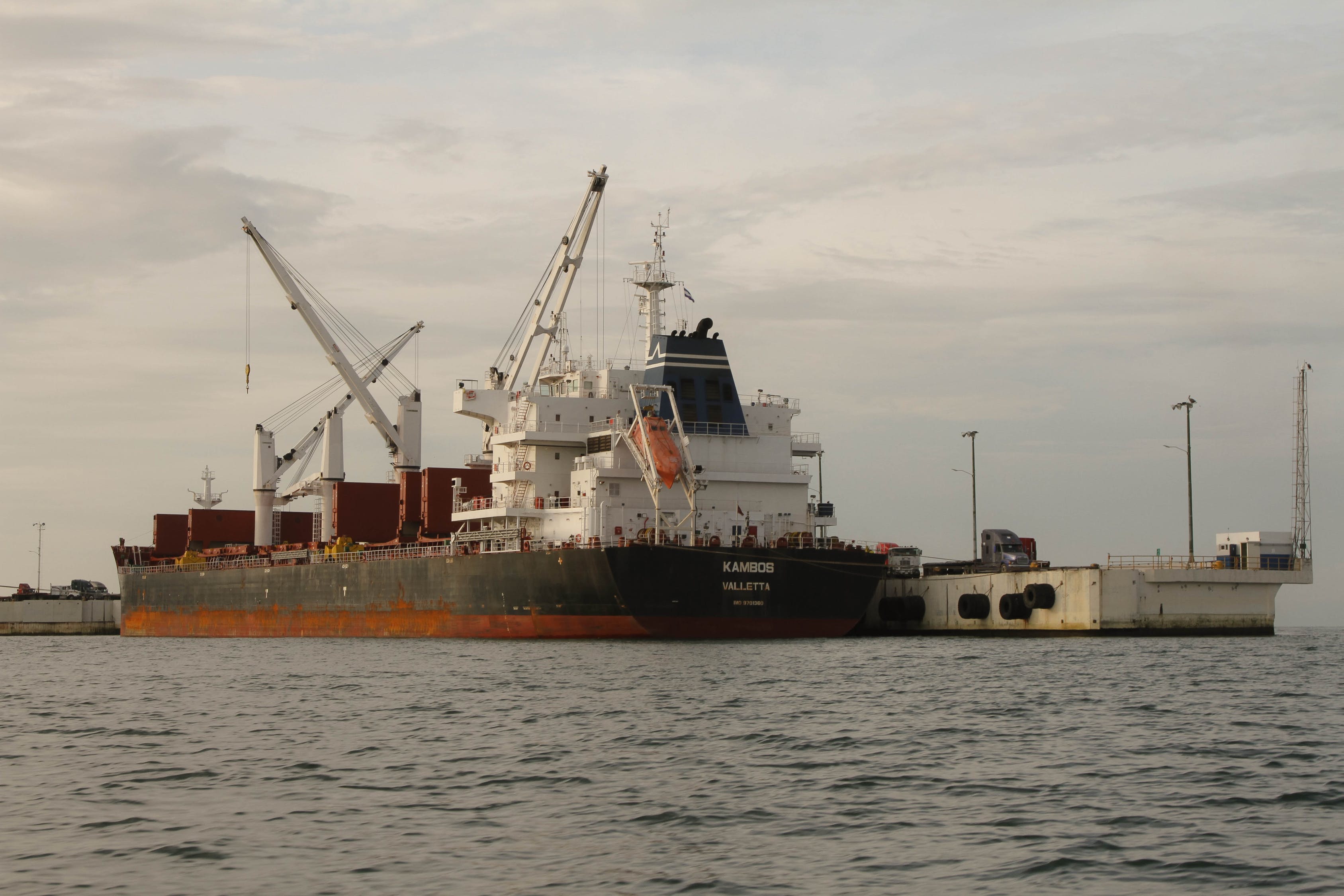
ARE YOU LOOKING FOR JOBS ON BULK CARRIERS? VIEW MARTIDE’S BULK CARRIER JOBS NOW!
Why not take a look, brush up on your ship knowledge, and impress your friends with some little known facts about the maritime industry or why not follow us on Facebook, LinkedIn and Twitter / X too?
Read the previous article in this series: Everything You Need to Know About Oil Tankers
Read the next article in this series: Everything You Need to Know About Chemical Tankers
This blog post was originally published on December 16th 2021 and updated on August 20th 2024

Eve Church
Eve is Martide's content writer, publishing regular posts on everything from our maritime recruitment and crew planning software to life at sea. Eve has been writing professionally for more than two decades, crafting everything from SEO-focused blog posts and website landing pages to magazine articles and corporate whitepapers.
UK


